Ever marveled at the sheer variety of dog coats, from fluffy to sleek and everything in between? Your dog’s coat isn’t just a fashion statement; it’s a window into their health and heritage.
In this complete guide, we’ll embark on a journey through the fascinating world of canine coats, uncovering the mysteries behind each type and equipping you with the knowledge to become a grooming guru for your beloved furry friend.
Contents Overview
The Basics: Types of Dog Coats
Understanding the various types of dog coats is fundamental to providing appropriate care for your furry companion. Here’s a comprehensive breakdown of the primary coat types found in dogs:
- Smooth Coat:
Smooth-coated dogs boast a sleek and glossy fur that lies close to the body, offering a streamlined appearance. Breeds with smooth coats include Dachshunds, Doberman Pinschers, and Whippets. Here are some key points about smooth coats:
- Characteristics: Smooth coats are short, dense, and shiny, with minimal shedding.
- Grooming Needs: Regular brushing helps remove loose hair and maintain the coat’s shine. Occasional baths can keep the coat clean and healthy.
- Single Coat:
Dogs with single coats lack the dense undercoat seen in double-coated breeds. Their fur is typically uniform in length and texture throughout their body. Breeds such as the Poodle, Bichon Frise, and Greyhound fall into this category.
- Characteristics: Single-coated dogs have fur that is consistent in length and texture, making grooming relatively straightforward.
- Grooming Needs: Regular brushing helps prevent matting and tangling. Haircuts may be required to maintain the desired length and style.
- Double Coat:
Double-coated dogs possess two distinct layers of fur: a soft, dense undercoat and a longer, coarser outer coat. Breeds like the German Shepherd, Siberian Husky, and Golden Retriever typically have double coats.
- Characteristics: Double coats provide insulation against both cold and heat, with the undercoat shedding seasonally.
- Grooming Needs: Regular brushing is essential to remove loose fur and prevent matting. During shedding seasons, more frequent grooming may be necessary.
- Wire Coat:
Wire-coated dogs have a rough, bristly outer coat with a softer undercoat. This unique texture provides excellent protection against harsh weather conditions and environmental elements. Breeds such as the Wire Fox Terrier, Scottish Terrier, and Schnauzer exhibit wire coats.
- Characteristics: Wire coats are wiry and coarse in texture, requiring specific grooming techniques to maintain their appearance.
- Grooming Needs: Regular stripping or hand-stripping helps remove dead hair and maintain coat quality. Occasional trimming may be necessary for tidiness.
- Curly Coat:
Curly-coated breeds display tightly wound curls or waves that vary in size and density. This unique texture serves practical purposes such as water resistance and insulation. Breeds like the Poodle, Portuguese Water Dog, and Bichon Frise are known for their curly coats.
- Characteristics: Curly coats require regular maintenance to prevent matting and tangling.
- Grooming Needs: Regular brushing and grooming help keep the curls neat. Professional grooming may be necessary for intricate styles or show purposes.
- Long Coat:
Long-coated dogs have fur that grows to a significant length, often flowing and luxurious in appearance. Breeds such as the Afghan Hound, Collie, and Shih Tzu are known for their long coats.
- Characteristics: Long coats require regular brushing to prevent matting and tangling.
- Grooming Needs: Daily brushing helps remove debris and prevent mats from forming. Regular baths and trims are also essential to maintain coat health.
- Hairless Coat:
Hairless dogs lack a fur coat altogether, though some breeds may have minimal hair on certain body parts. Examples include the Chinese Crested, Xoloitzcuintli (Mexican Hairless), and American Hairless Terrier.
- Characteristics: Hairless dogs have unique skincare needs, requiring protection from sunburn and regular moisturizing.
- Grooming Needs: Skincare is paramount for hairless breeds, including sun protection and moisturizing to prevent dryness.
Understanding these distinct coat types is crucial for tailoring your grooming routine to meet your dog’s specific needs. By providing appropriate care and attention, you can ensure that your furry friend’s coat remains healthy, comfortable, and looking its best.
Grooming Tips for Every Coat Type
Grooming is a vital aspect of caring for your dog’s coat, regardless of its type. Here are comprehensive grooming tips tailored to suit the needs of every coat type:
Regular Brushing:
- Purpose: Brushing removes loose fur, distributes natural oils, and helps prevent matting and tangling.
- Frequency: The frequency of brushing depends on your dog’s coat type and length. Double-coated breeds may require more frequent brushing, especially during shedding seasons, while single-coated dogs may need brushing a few times a week.
- Tools: Choose grooming tools appropriate for your dog’s coat type, such as slicker brushes, undercoat rakes, bristle brushes, or grooming mitts.
Bathing:
- Purpose: Bathing helps keep your dog’s coat clean and free of dirt, debris, and odors.
- Frequency: The frequency of bathing varies depending on your dog’s lifestyle and activity level. Generally, bathing once every 4-6 weeks is sufficient for most dogs. However, frequent bathing can strip the coat of its natural oils, so it’s essential not to overdo it.
- Shampoo: Use a mild, dog-specific shampoo formulated for your dog’s coat type and skin condition. Avoid using human shampoo, as it can be too harsh and may irritate your dog’s skin.
Trimming Nails:
- Purpose: Keeping your dog’s nails trimmed to an appropriate length prevents discomfort, pain, and potential injury.
- Frequency: Trim your dog’s nails every 2-4 weeks, depending on their growth rate and activity level.
- Tools: Use high-quality nail clippers designed specifically for dogs. Be cautious not to cut into the quick, sensitive tissue inside the nail, which can cause bleeding and pain.
Ear Care:
- Purpose: Regular ear cleaning helps prevent ear infections and keeps your dog’s ears healthy.
- Frequency: Check and clean your dog’s ears once a week, or as needed, depending on their breed and ear shape. Breeds with floppy ears are more prone to ear infections due to trapped moisture and debris.
- Tools: Use a dog-specific ear-cleaning solution and cotton balls or pads to gently clean the outer ear canal. Avoid inserting anything into the ear canal, as it can cause injury or push debris further inside.
Dental Hygiene:
- Purpose: Brushing your dog’s teeth regularly helps prevent dental issues such as tartar buildup, gum disease, and bad breath.
- Frequency: Aim to brush your dog’s teeth 2-3 times a week, using a dog-specific toothbrush and toothpaste. Start slowly and gradually introduce your dog to tooth brushing to make it a positive experience.
- Tools: Use a soft-bristled toothbrush and dog-specific toothpaste formulated for pets. Avoid using human toothpaste, as it can be toxic to dogs if ingested.
By incorporating these grooming tips into your routine, you can ensure that your dog’s coat remains healthy, comfortable, and visually appealing. Tailoring your grooming practices to suit your dog’s specific coat type and needs will help keep them looking and feeling their best for years to come.
Bottom Line
Understanding your dog’s coat type is essential for providing proper care and ensuring their overall well-being. By familiarizing yourself with the characteristics of different coat types and implementing tailored grooming routines, you can keep your furry friend happy, healthy, and looking fabulous. Whether your dog sports a luxurious double coat or rocks a sleek single coat, the bond you share will only grow stronger as you embark on this grooming journey together. So, embrace the uniqueness of your dog’s coat and enjoy the rewarding experience of keeping them well-groomed and thriving.

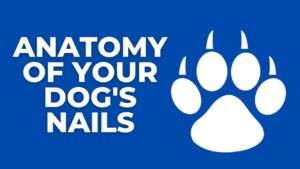
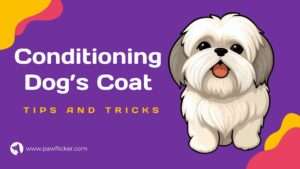
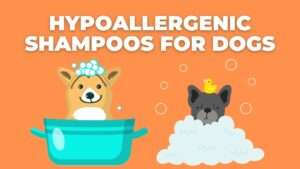
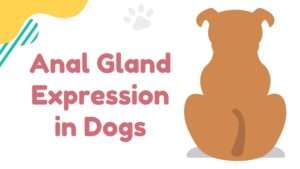

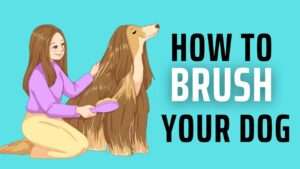
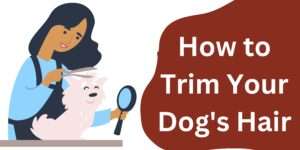
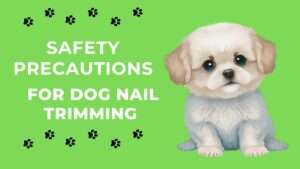
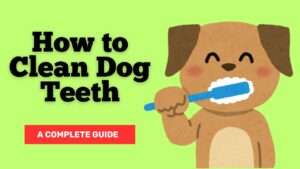

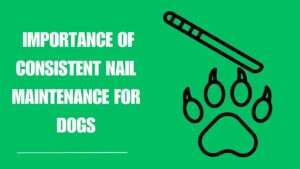
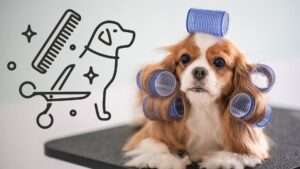

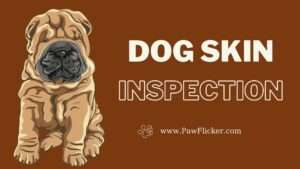
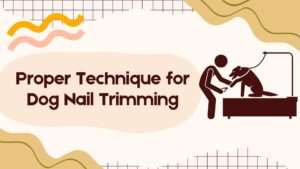
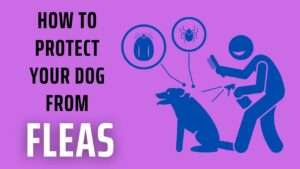

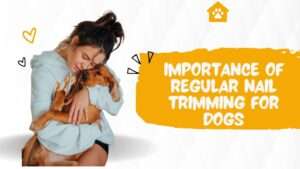
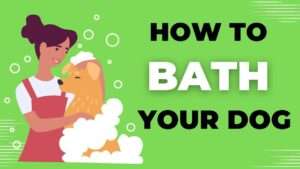
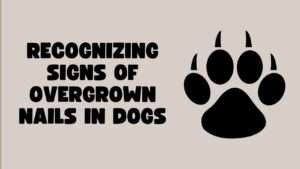







+ There are no comments
Add yours